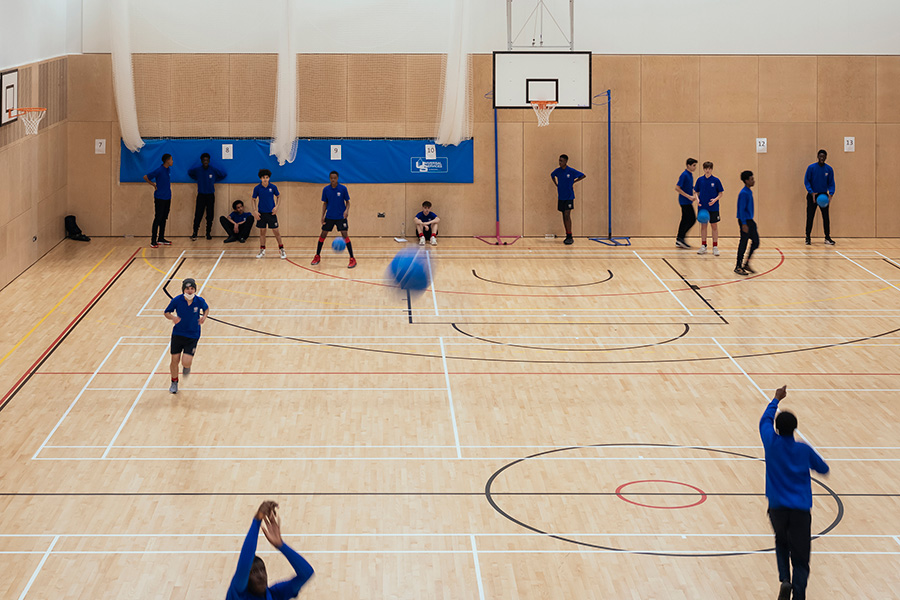A GOOD maintenance programme ensures long-life sports floors. When it comes to choosing flooring, comparing products by cost is second nature, but in the last few years, an emphasis on a building’s environmental impact has become paramount, not least in terms of securing funding from the department for education for schools and public leisure centres.
Choosing the right floor to start with is only the beginning; an increasingly important factor is the environmental impact of maintaining and repairing the floor during its lifespan, including eventually disposing of it or recycling it.
There can be no doubt that an effective maintenance programme will extend the life of a floor. It will also reduce waste and landfill, reduce consumption of raw materials, the need for recycling, carbon offsetting and pollution.
Less frequent replacement also means operational carbon levels will be reduced in the long term because the use of vehicles and energy needed for manufacturing will be reduced.
How many times can the floor be refurbished? A solid wood floor from Junckers can reportedly be sanded and sealed up to 10 times and with 12-year intervals between sandings, a typical lifespan of 60 years will comfortably be exceeded, a claim that probably no other type of sports floor can match. Compared with a typical 15-year life of a synthetic or “engineered” floor there really is no comparison in terms of lifecycle cost.
Is it easy to repair if the floor gets worn or damaged? Floors made from large elements, typically plywood or chipboard sheets on to which vinyl, polyurethane or linoleum is laid, can be difficult to repair because of the large sheet size, and repairs will often result in large amounts of waste. The sheets will be glued together and often glued down as well. Floors made from smaller elements that are not fixed together, such as solid hardwood boards are easier to repair on a localised basis with far less waste.
Can the floor be recycled? With the concept of the circular economy becoming more and more important, keeping raw materials in use for as long as possible reduces the impact on the environment. A Junckers solid wood floor can often be repurposed – we often see decades old floors lifted from sports halls reused in commercial and even residential settings – a sand and seal make them good as new.
At the end of its long life, a Junckers floor will degrade naturally, unlike flooring surfaces made from crude oil derived materials.
Regular professional maintenance will keep the floor in optimum condition and extend its lifespan. In the medium term, a sports floor will need to be resealed every few years depending upon traffic levels. This includes a cleaning process and applying a new coat of lacquer on top of the existing finish. This regime is well worth budgeting and planning for.
By advising clients to keep the floor properly sealed and carrying out regular maintenance work, you will minimise their costs and maximise the lifespan of their floors. Most wooden floors in schools and sports halls will need resealing every two-to-three years.
A regular programme of works is the key to their longevity and low annual cost. You can reseal a good quality solid hardwood floor many times during its life, thereby avoiding the more costly option of replacing it and then trying to work out the best environmental solution to dispose of it.
01376 534700
sales@junckers.co.uk
www.junckers.co.uk


